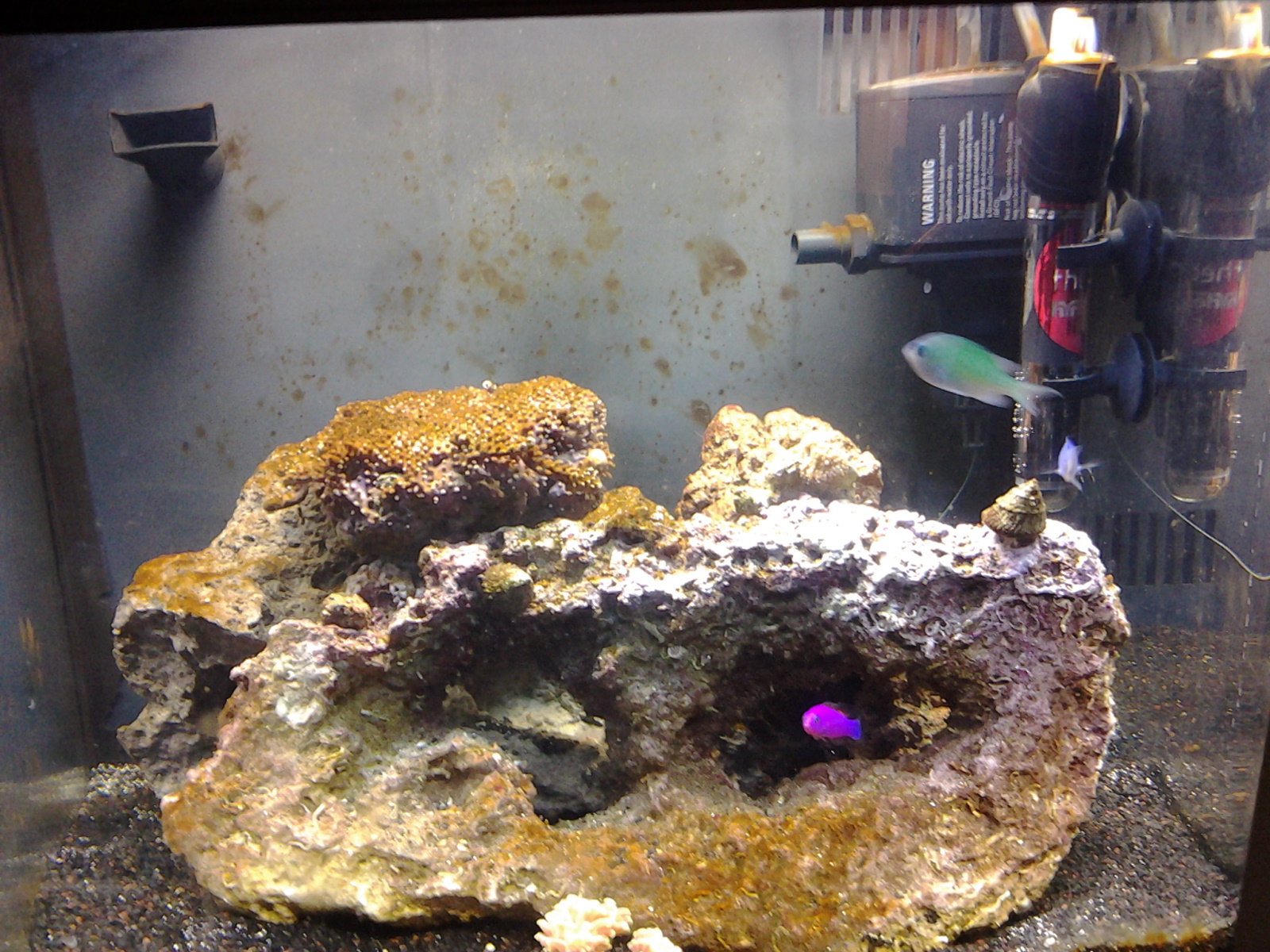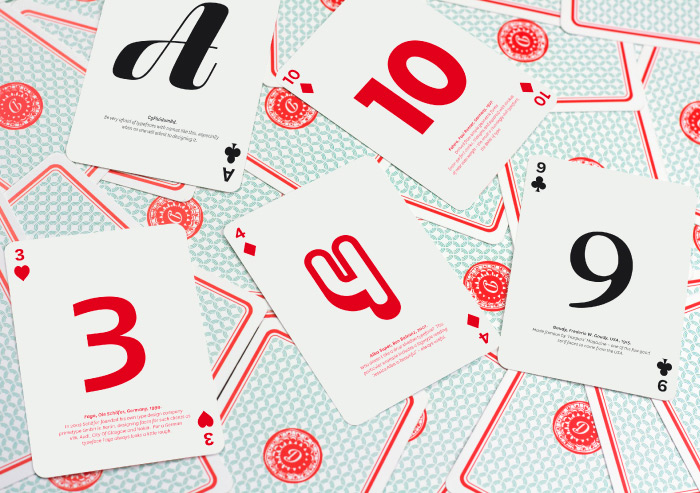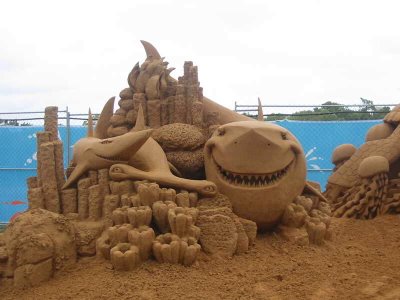K
k1972
Guest
I have a 14 gallon bio Cube that is doing well, I have a damsel, a Chronos, a hot pink dotty back (I think that is what he is) and my problem fish a watchman goby. The go by was out for the first week, and the jumped the filter into the 3rd compartment where the power head is in the back of the tank, now he is in a crevice where there is a water level tube, and is hiding there. I have tried to coax him out with food and removing the power head....no luck. He was never harassed. It has been two days. Now he is still there, and I don't know what to do.
My water conditions are 81 degrees, ammonia 0 nitrite 0, nitrate.10 (just did partial change on water this morning), sg. 1.024.
I also have mushrooms and other corals doing well. A small brown alive bloom , but the sails have the knocked out today.
So what do I do with hiding critter? I am afraid he will die back in that hole and create ammonia spike etc?
I did some research and bought a customer tho prevent fish from coming over into the back... I have a skimmer there etc.
The only other thing is that I have a circulation pump in the tank for the corals to move lots of water, the corals love it, and there are plenty of hiding spots.
So how do I get him out? Or do I let him die and deal with the water Changes?
My water conditions are 81 degrees, ammonia 0 nitrite 0, nitrate.10 (just did partial change on water this morning), sg. 1.024.
I also have mushrooms and other corals doing well. A small brown alive bloom , but the sails have the knocked out today.
So what do I do with hiding critter? I am afraid he will die back in that hole and create ammonia spike etc?
I did some research and bought a customer tho prevent fish from coming over into the back... I have a skimmer there etc.
The only other thing is that I have a circulation pump in the tank for the corals to move lots of water, the corals love it, and there are plenty of hiding spots.
So how do I get him out? Or do I let him die and deal with the water Changes?












